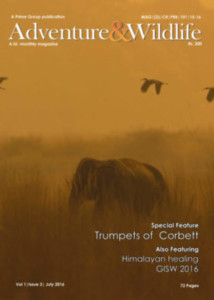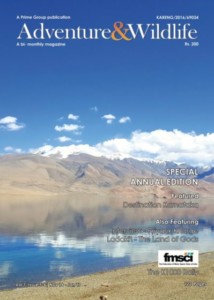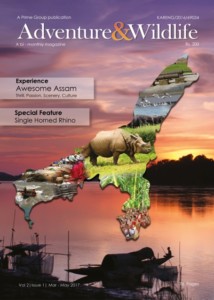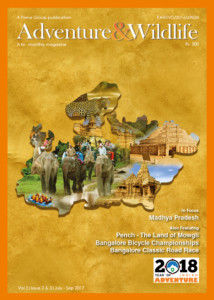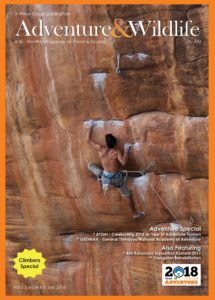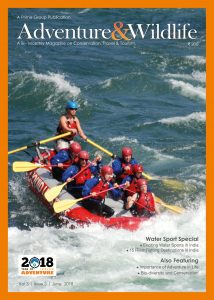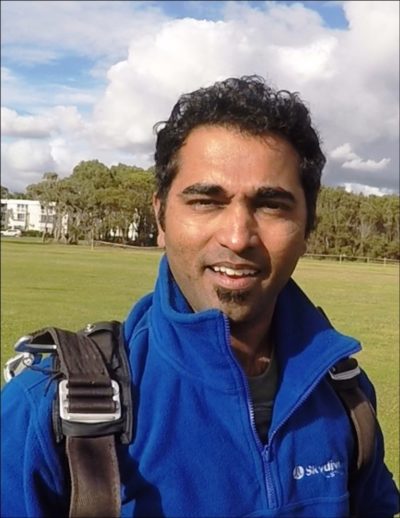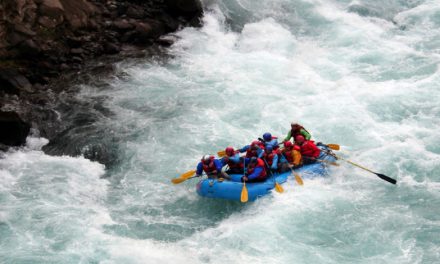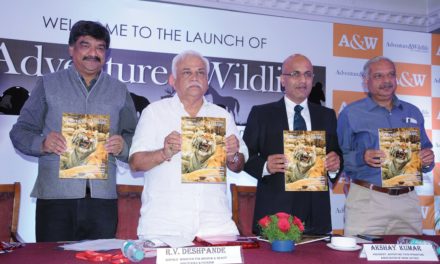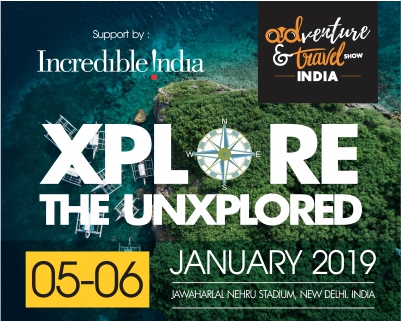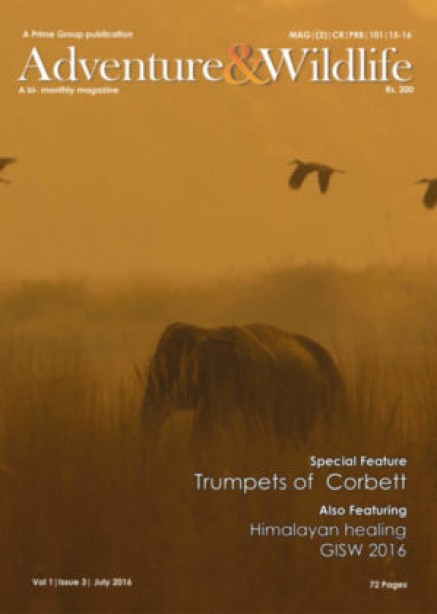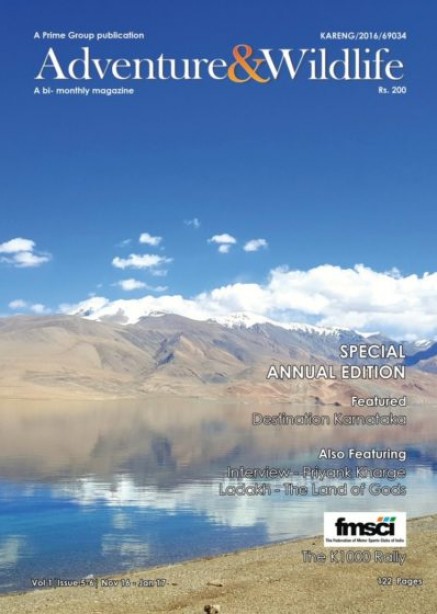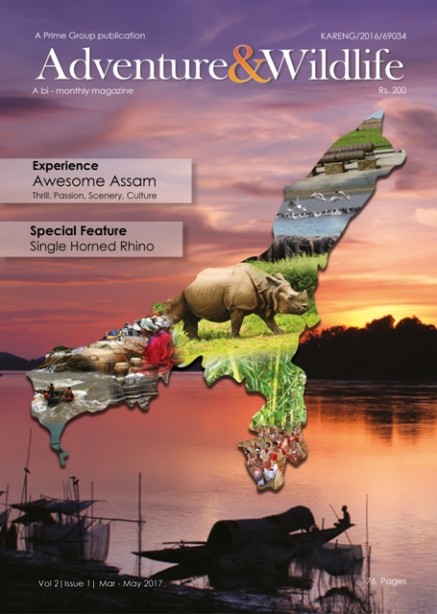
Sustainable Design A Good Change
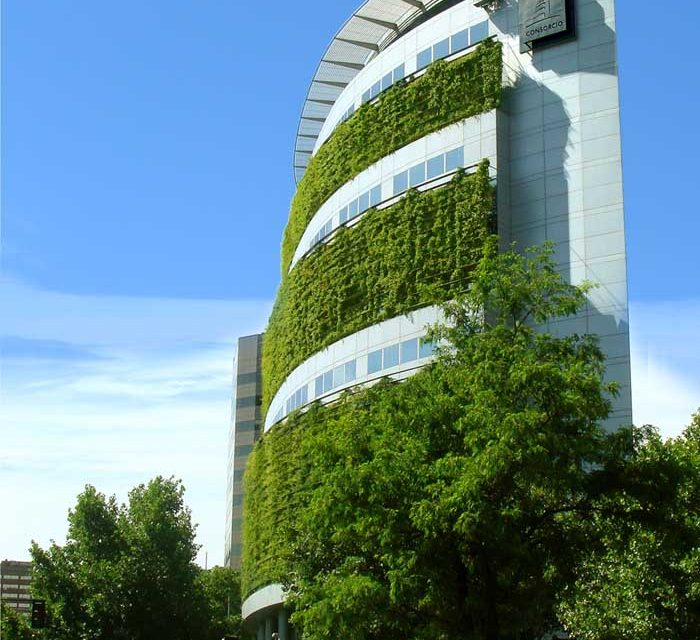
REDUCE DEPLETION RESOURCES
A Sustainable design always reduces depletion of resources around like Lands, Water, Energy and Raw materials which basically averts the destruction of ecosystem.
Reducing unnecessary energy consumption and demand for non-renewable resources provide significant savings in the long run. Placement of building windows, ventilations and other features like landscaping and solar panels are crucial for the building’s efficiency.
One of your completed projects Treastech Office is primarily designed with respect to energy efficient principles. To create a spacious office space with natural ventilation and low windows at the body level of working professionals provides them with cool natural breeze and the warm air is expelled out from the top ventilators placed just below the hight roof.
KEY CONSIDERATION OF CONSTRUCTIONS REDUCE MAINTENANCE AND UTILTY COSTS
An energy efficient building reduces maintenance and utility costs, improves durability, increases
comfort and creates a healthy and safe indoor space. The prime goal of energy-efficient construction is to limit damage to the eco system and reduce the use of natural resources like energy, land, water and raw materials.
Reducing energy consumption is crucial as it means fewer emissions of greenhouse gases, a known cause of global warming. Energy efficient measures can be integrated with new construction or retrofitted into an existing building.
The ultimate goal of an energy-efficient building is to achieve net zero energy use and create a comfortable indoor space quality. We believe that designing an energy-efficient building requires a whole building system approach. The Whole building system approach makes efficient use of water, electricity and
other natural resources and strives to minimise waste and materials.
ADOPTING LOCAL PRACTICES
Building orientation, form and ass composition, space organisation among other factors, can enhance the energy efficiency of project.
PLANNING METHODS
There are multiple considerations for every stage of planning, specification and execution of an energy-efficient building, while planning at the grass root level itself needs to be efficient, by sound methods. Design strategies for hot and dry region is to ‘Resist Heat Gain’ by proper orientation, insulation, cavity walls, decreasing ventilation during the day. By promoting heat loss, building becomes very comfortable. We need to increase ventilation during night time and increase humidity levels by trees and water bodies. In warm and humid region, there is a need to focus on proper ventilation. In moderate zone, climate is comparatively less harsh which creates room for restriction-less design. Freedom to design which every Architects dream.
DESIGN ESSENTIALS
Design should make efficient use of water, electricity and other natural sources. It should meet LEED Standards, green construction and sustainability of sustainable elements should be intuitive and mandatory to be successfully executed. Adoption of sustainable elements should be intuitive and mandatory to be successfully executed.
SENSITIVE APPROACH TOWARDS LOCAL CLIMATE
Unsustainable energy supply and demand have serious implications of all, from house hold
budgets to international relation. Buildings are on the front line of this issue because of their high consumption of energy. It is well established now that sustainable development is the only way forward for a secure, stable future on planet Earth.
Energy efficiency is a policy we all may adopt as our fight against Climate change and global warming.


